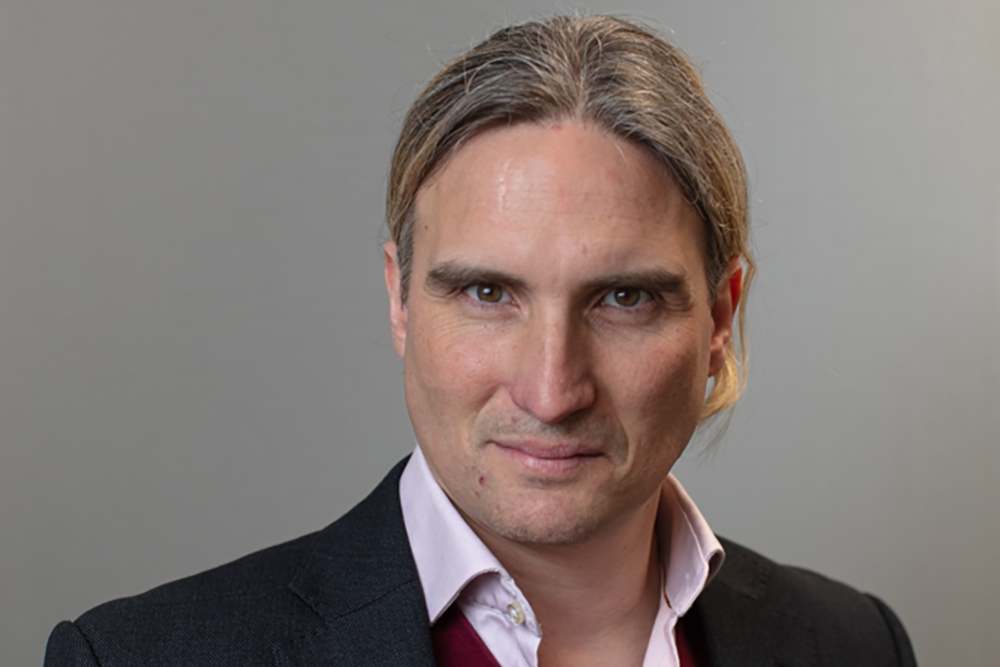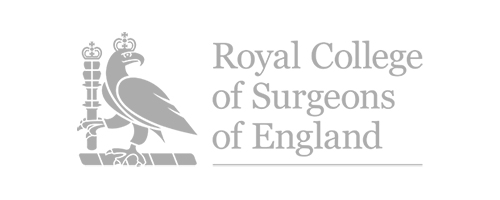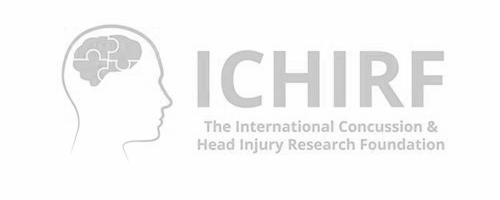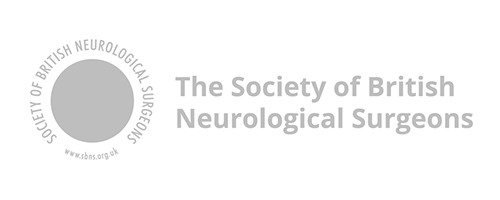EPILEPSY NEUROSURGERY
WHAT IS EPILEPSY?
Epilepsy is a condition that affects your brain and causes seizures (sometimes called fits). It cannot currently be cured, but treatment can often help manage it.
Types of Epilepsy Surgery
- Resective surgery. This is the most common epilepsy surgery. The surgeon removes a small portion of brain tissue from the area of the brain where seizures occur. Resective surgery is usually performed on one of the temporal lobes, an area of the brain that controls emotions, visual memory, and understanding language.
- Disconnection surgery. This is where the surgeon disconnects one part of the brain from another part to stop the seizure from spreading. This is done either by cutting the connections between the two halves (hemispheres) of the brain. Or it can be done by cutting the nerve fibres in the outer layers of the brain.
- Laser Interstitial Thermal Therapy (LITT). This is also known as laser beam therapy. It is different from the other surgeries as the wound left afterwards is very small, which means that, often, you can go home the next day. With LITT a laser is used to pinpoint and destroy a small part of the brain that is causing the seizures. It is carried out in a Magnetic Resonance Imaging (MRI) scanner.
Pre-Operative Tests
If you are referred for surgery assessment you will probably go to a specialist centre for tests. There are many different pre-surgical tests you might have before you can be given the go-ahead for surgery. These can include MRI scans, an EEG (electroencephalogram) and video telemetry (an EEG while also being filmed). Other types of scan may also be done, which trace a chemical injected into the body. This can show detailed information about where seizures start in the brain.
Memory and psychological tests are also used to see how your memory and lifestyle might be affected after the surgery. These types of tests also help the doctors to see how you are likely to cope with the impact of having this type of surgery. The tests will confirm whether:
- the surgeons can reach the epileptogenic lesion during surgery and can remove it safely without causing new problems;
- other parts of your brain could be affected by the surgery, for example the parts that control your speech, sight, movement, memory, or hearing;
- you have a good chance of having your seizures stopped by the surgery and better quality of life; and
- you have any other medical conditions that would stop you from having this kind of surgery.
The results from the pre-surgical tests will help you and your neurologist decide whether surgery is an option for you, and what the result of the surgery might be. Your specialist will also talk with you about the possible risks and benefits of having surgery.
Surgery and Recovery
The most common type of epilepsy surgery is removal of part of the temporal lobe. Possible risks of this type of surgery include problems with memory, a partial loss of sight, depression, or other mood problems. These risks will vary from person to person, and may be only temporary in some cases. For some people, their memory and mood could improve after epilepsy surgery.
Immediately after the surgery your doctors will monitor your recovery. For the first few days you may feel very tired and need to sleep, as it can take a while for the anaesthetic to completely wear off. Some people who have brain surgery will have seizures within the first week of surgery – but this does not mean the surgery has not been successful.
Seizures after surgery can happen because of the direct stress the brain experiences in surgery. How long you may need to spend in hospital will depend on the type of surgery you have had and how you are recovering. Generally your doctors might expect you to be back to your normal activities about six weeks after your surgery, but this is very individual.
Around 70% of people (7 in 10 people) who have temporal lobe surgery find that the surgery stops their seizures and they become seizure-free, and for a further 20% (1 in 5 people) their seizures are reduced. Around 50% of people (half) who have temporal lobe surgery are still seizure-free 10 years after their surgery, but most of these people will still take their ASM for some time.










